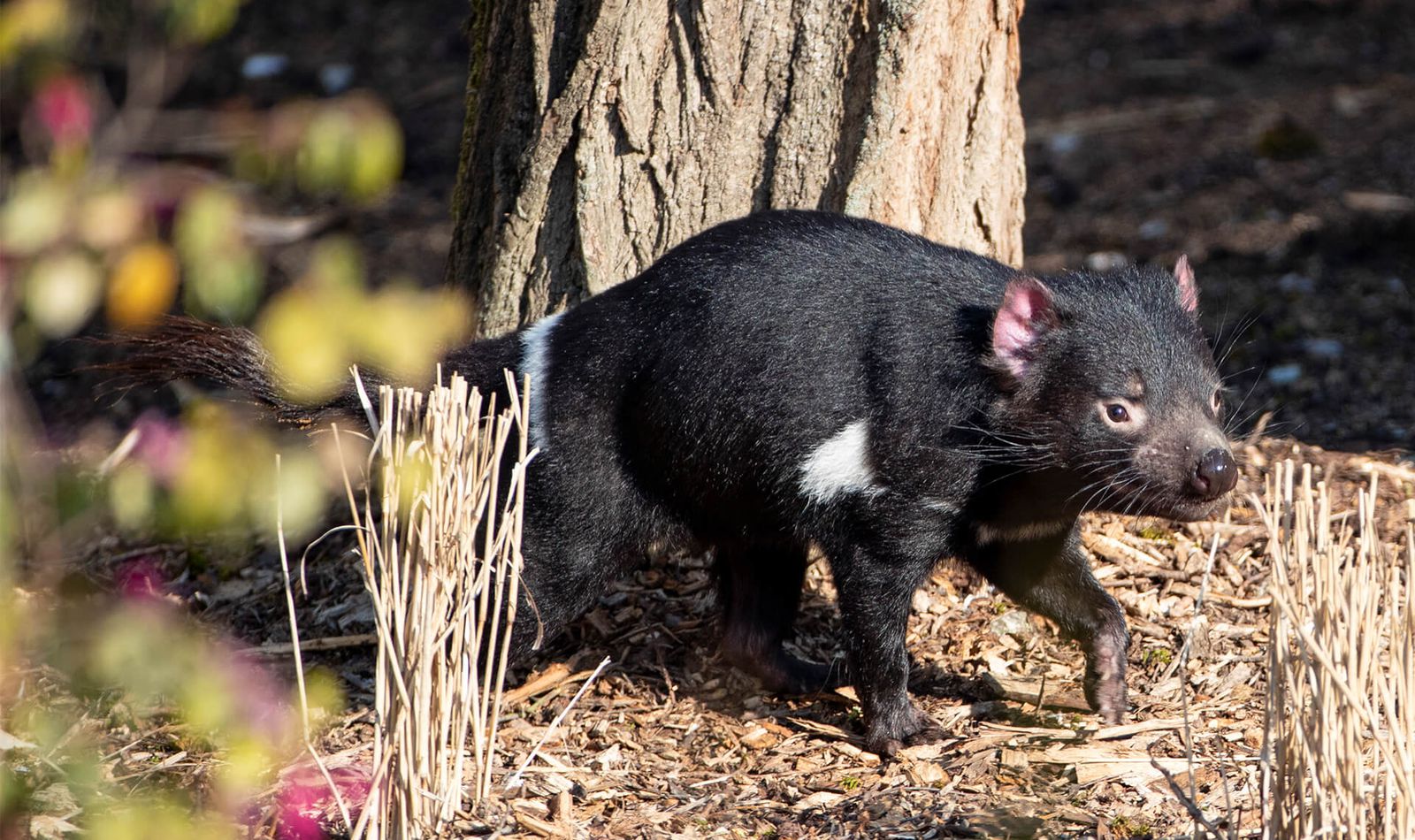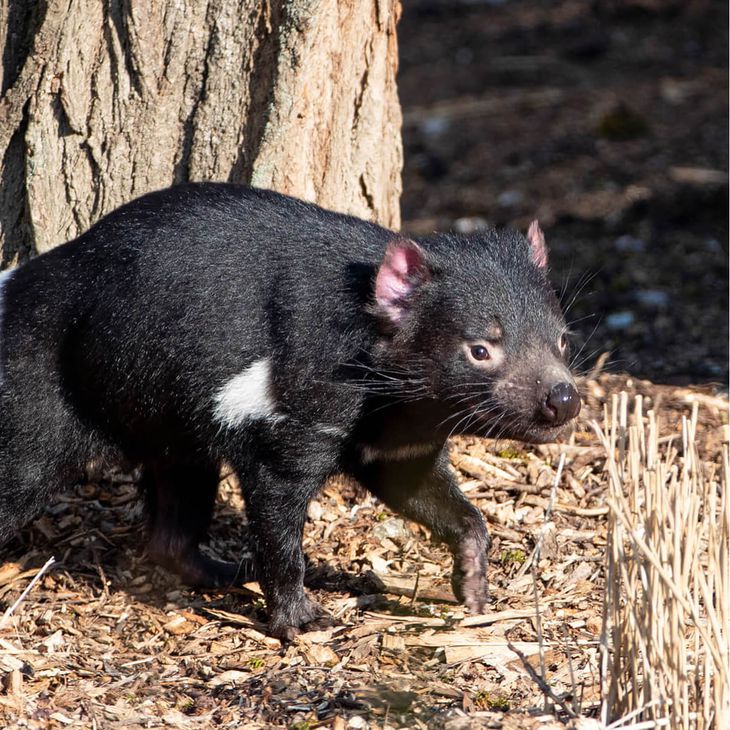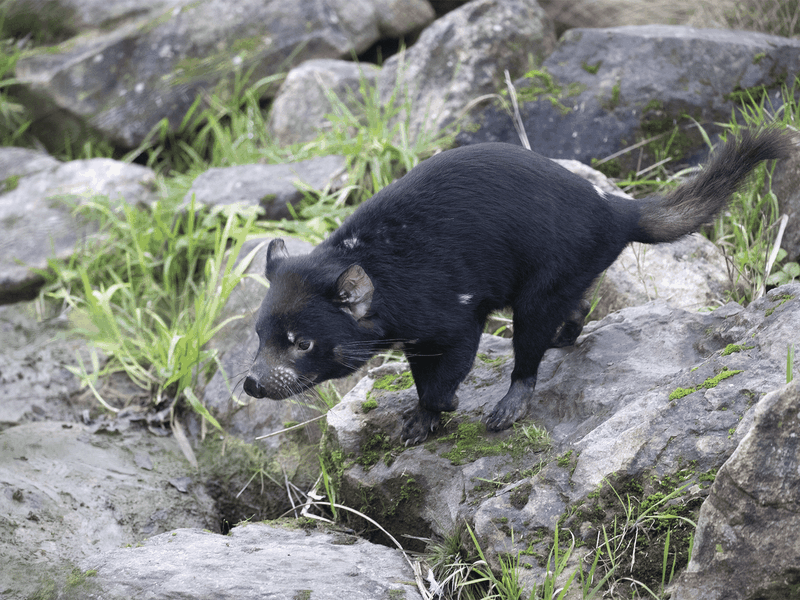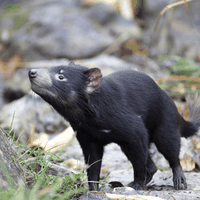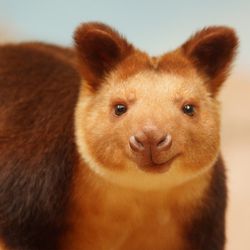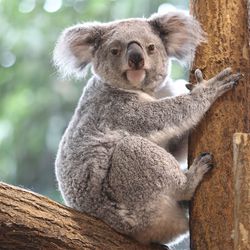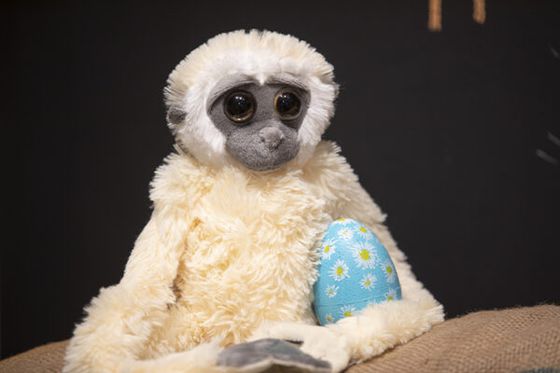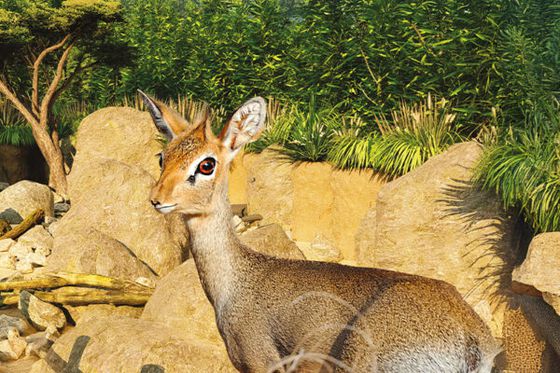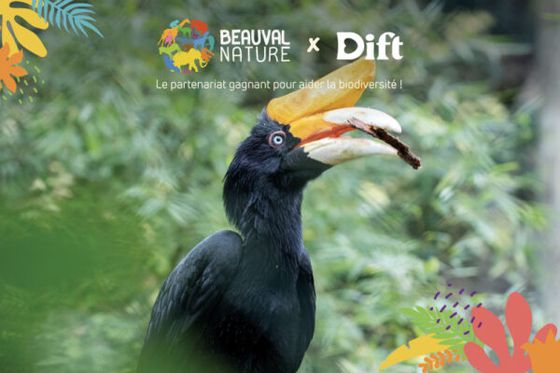« They will make a meal out of whatever comes within reach of their powerful jaws. »
An explosive marsupial
Not as fierce as it looks!
The Tasmanian devil, an animal that is endemic to the island of Tasmania in southern Oceania, is currently the largest carnivorous marsupial in Australia, though it grows no larger than a dog. Despite its appearance, its diet, and its name, the Tasmanian devil is shy and cautious, only attacking humans if it feels threatened. Its tempestuous reputation, which is only half-deserved, has not stopped the species from becoming one of the symbols of Australia, being depicted on coins, and serving as the mascot of many sports teams.
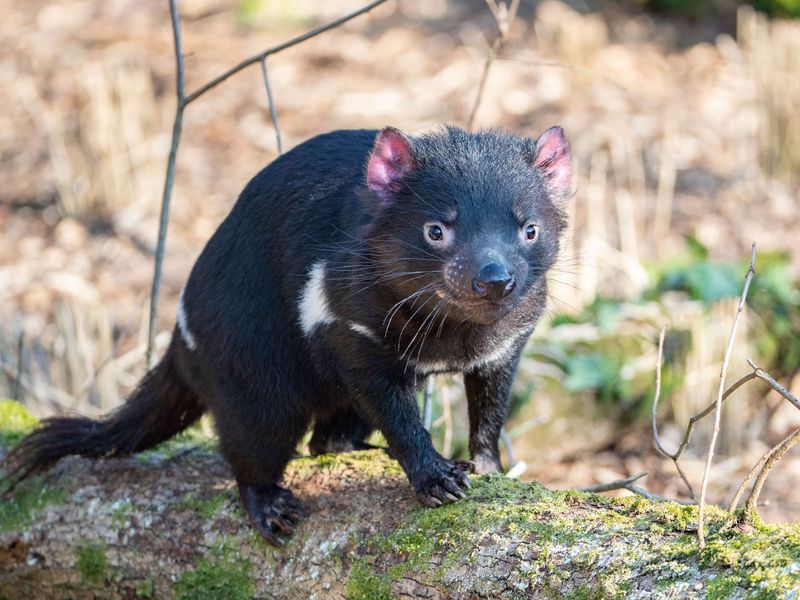
Did you know?
Looking back on the arrival of the Tasmanian devils
Relive the arrival of Cape and Cluan at the ZooParc de Beauval, thanks to the “un Œil en Coulisse” team’s camera. Follow the Tasmanian devils, along with their keepers, as they spend their first days discovering their space.
The Beauval Nature association
For the past 10 years, the Beauval Nature association has joined forces with field workers to support them in their primary mission of species conservation. Beauval works closely with numerous conservation and research programmes around the world to study and protect endangered species. This everyday action takes place in order to protect our biodiversity.
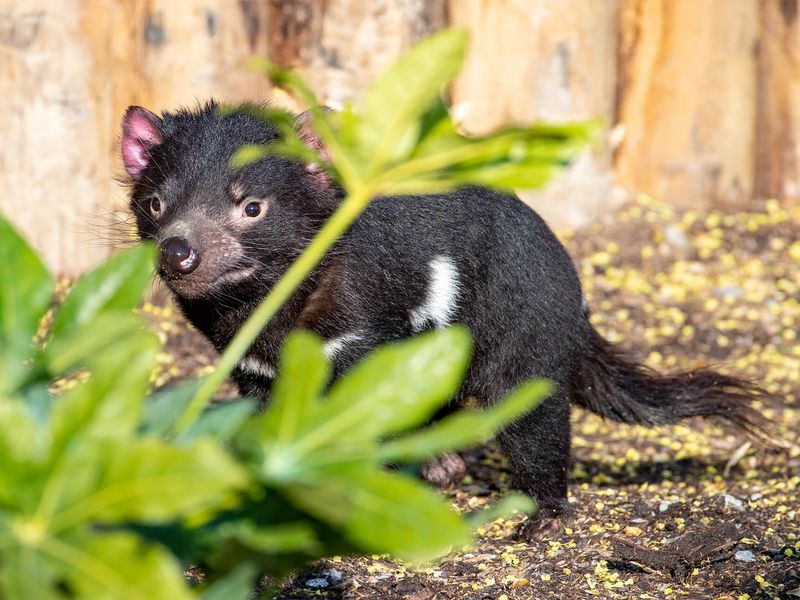
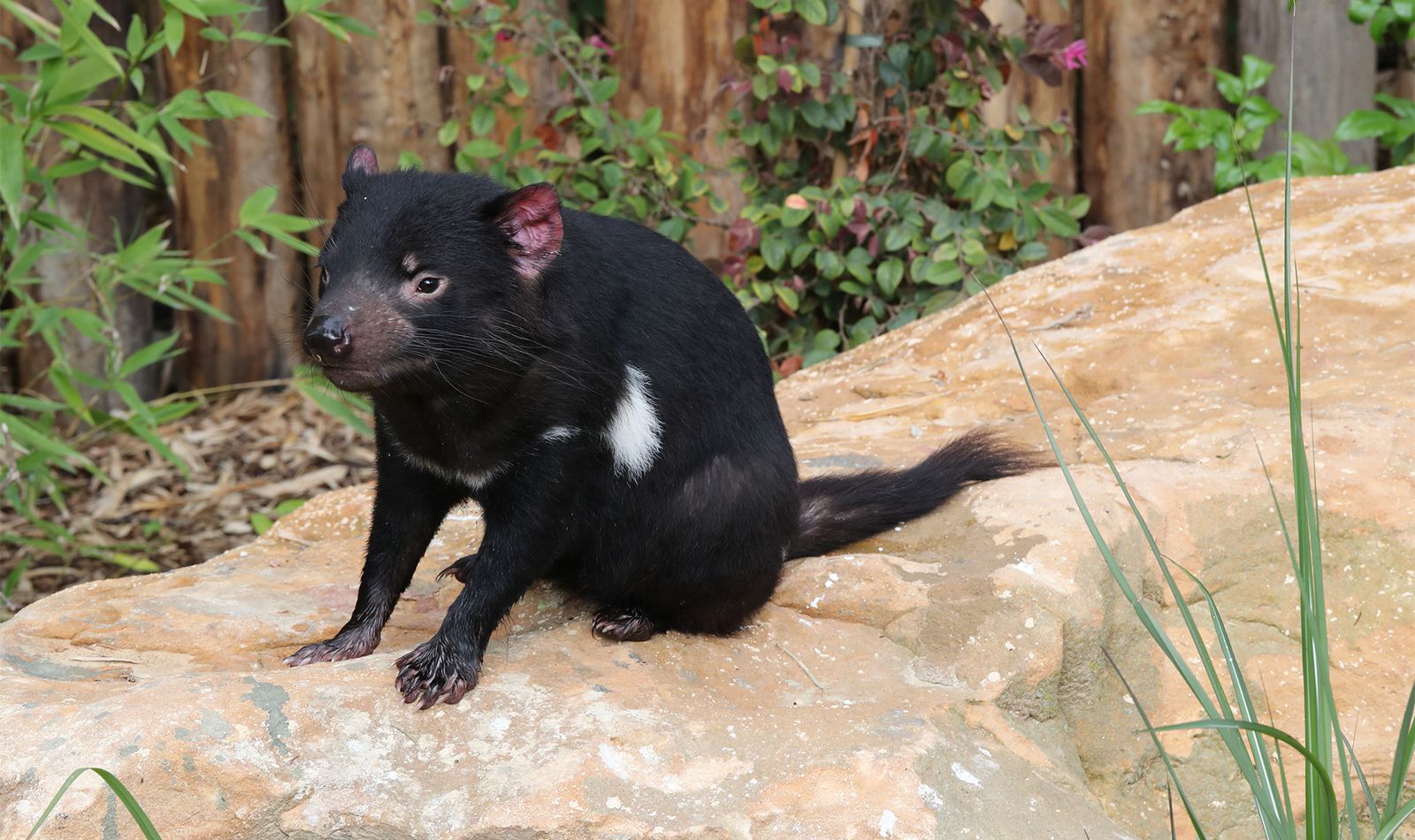

Sponsor our Tasmanian devils
Establish a strong bond with your favourite animal whilst supporting conservation programmes through the Beauval Nature association!
Endangered
Learn more about the species
-
CarnivoreDiet
-
21 days, 4 months in the pouchGestation period
-
2 to 4 youngLitter size
-
Pastures, ForestsHabitat
Decimated by disease
Tasmanian devil gestation
An opportunistic predator

Take full advantage of the experience thanks to our mobile application!
Find out more
